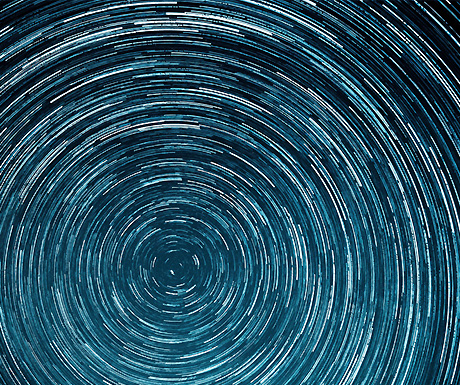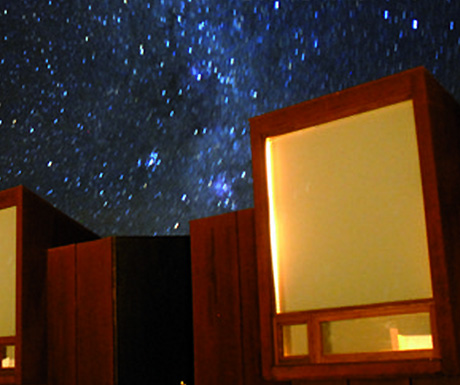Theres something magical about a star-filled night sky. You dont have to be an astronomer, or know the names of the constellations to appreciate it, but one look at the sky over Chiles Atacama Desert and youll want to know more.
Some of the worlds best astronomical science is conducted here, thanks to the dry atmosphere, lack of light pollution and high altitude revealing some of the crispest, clearest skies in the world. The Atacama Desert is home to some of the most advanced astronomical equipment ever created.

Perched atop the Paranal Mountain, for example, each of the four telescopes of the Very Large Telescope array (VLT) can reveal objects four billion times fainter than what can be seen with the human eye. When merged, the images generated are the highest resolution images of space ever captured.
Dark sky tourism has long been a popular draw in Chile and has got increasingly popular in recent years. A number of tourist observatories have popped up, with simple telescopes set up for viewing the rings of Saturn and the craters of the Moon. Its the closest many people get to advanced images of space, but the equipment here is nowhere near as advanced as whats hidden away inside the scientific research centres.
To the northeast of the VLT, the Atacama Large Millimeter/Submillimeter Array (ALMA) is also currently under construction in a collaborative effort by groups from around the world. It is designed to study the light emitted by some of the coldest objects in the Universe. It revealed its first images of space in 2011, and now, for the first time, visitors to Chile will be able to access its hi-tech secrets.
Stay at the Tierra Atacama Hotel & Spa, and youll get privileged access to ALMA. New for 2012, this is an experience not to be missed. This eco-lodge is located on the edge of San Pedro de Atacama a small but popular stop for those travelling through the desert. The uninterrupted views of Volcano Licancabur are just the start of the visual adventure.

Admire the sunset and wrap up warm as the temperature drops. You may be in the desert, but at night time, its cold. Tuck into some local specialities, perhaps a pastel de jaiba (crab pie) or chupe de mariscoes (seafood chowder) along with a Pisco Sour before heading out to the observatory. See the night sky as youve never seen it before with the aid of a guide, then warm up again beneath the bed blankets of your beautiful room.